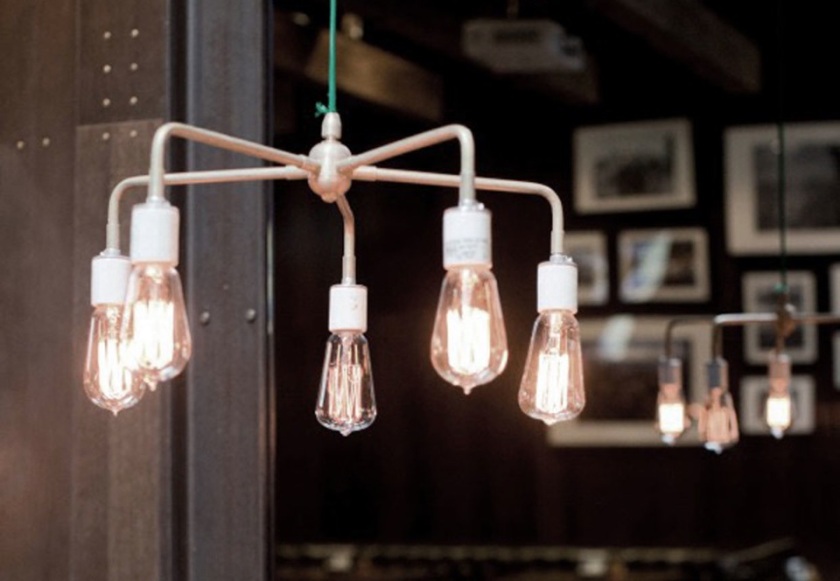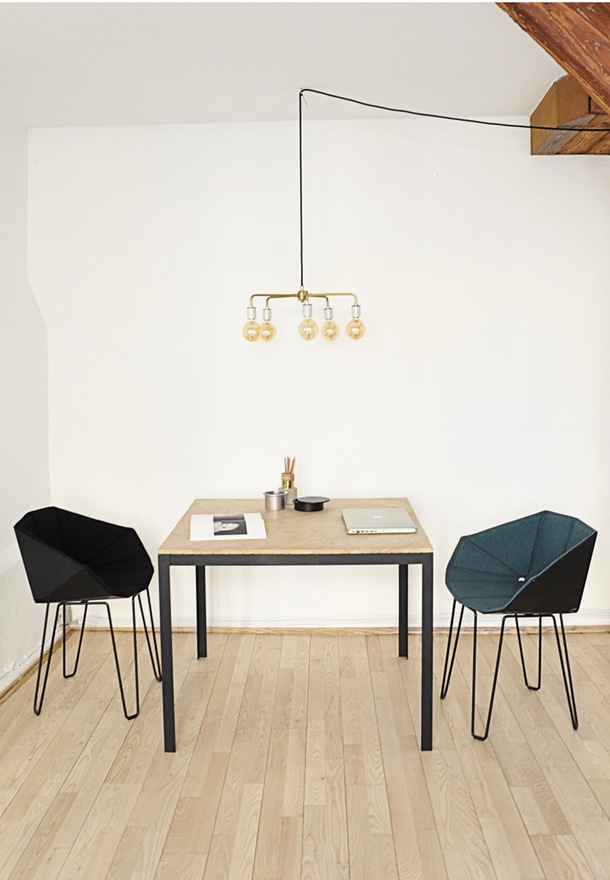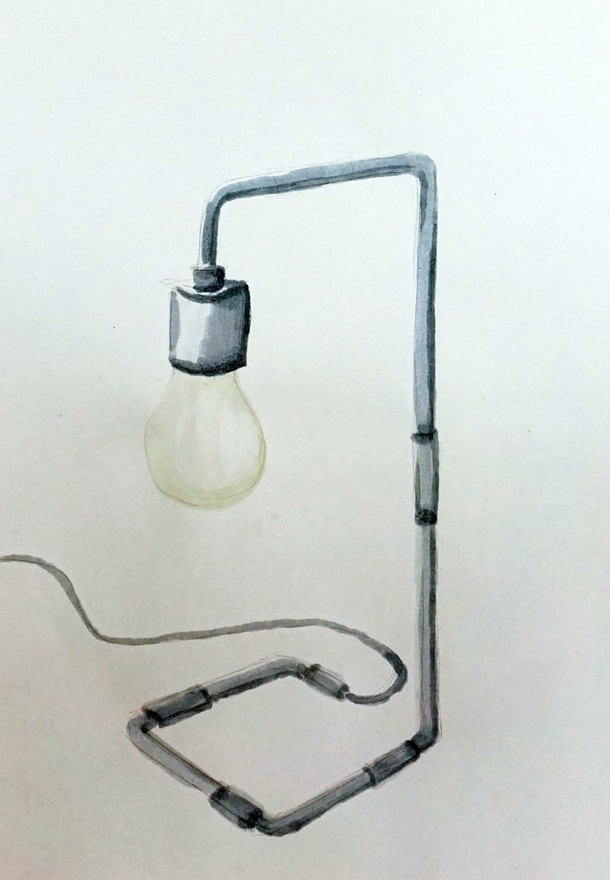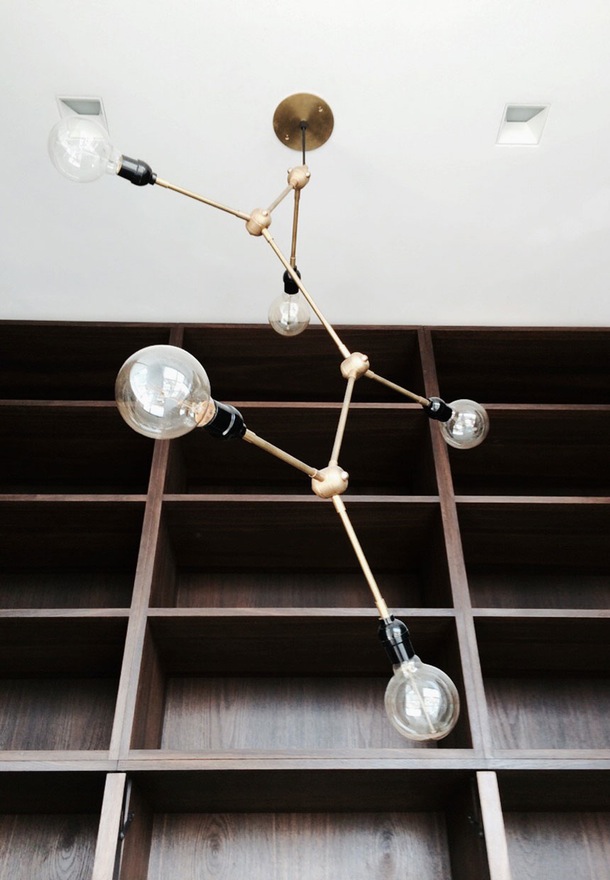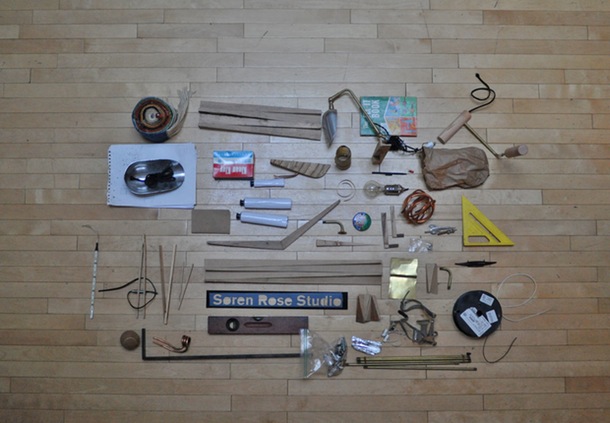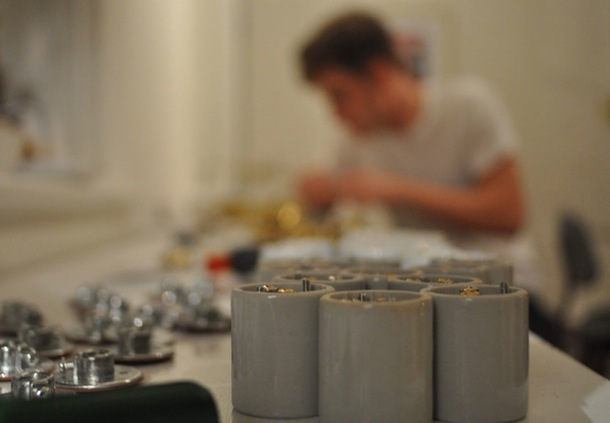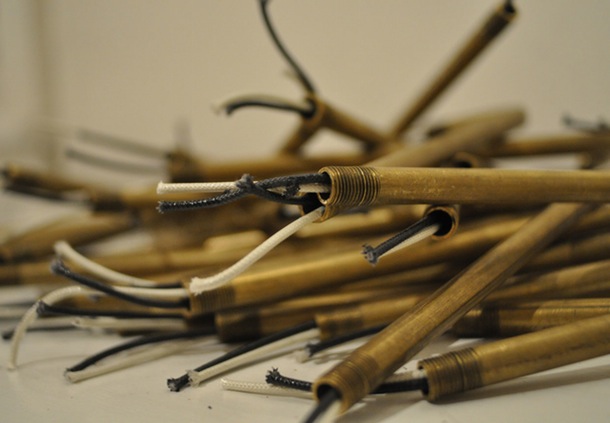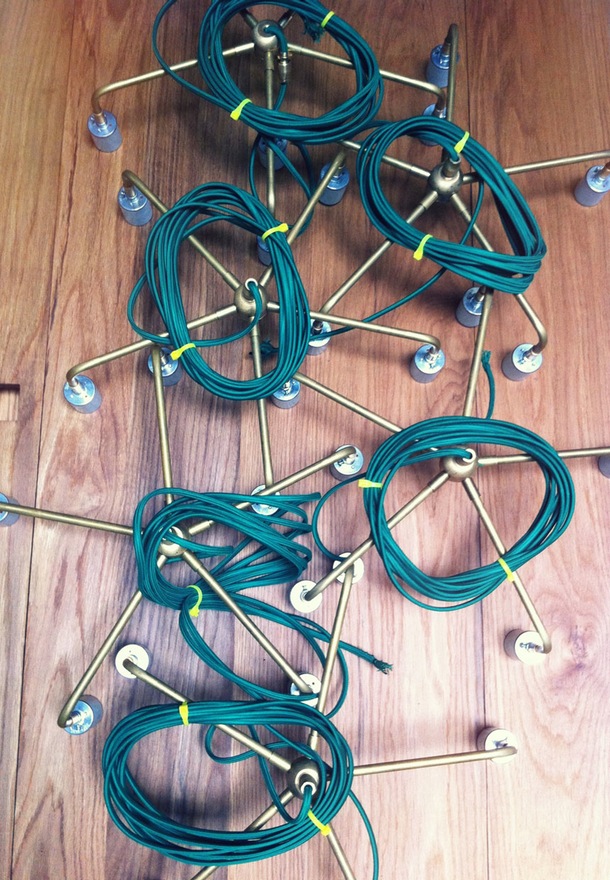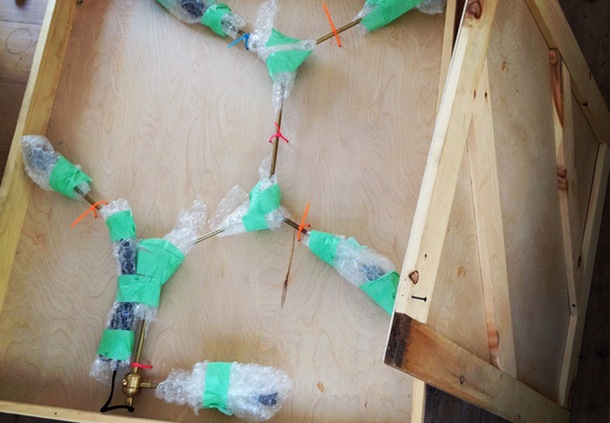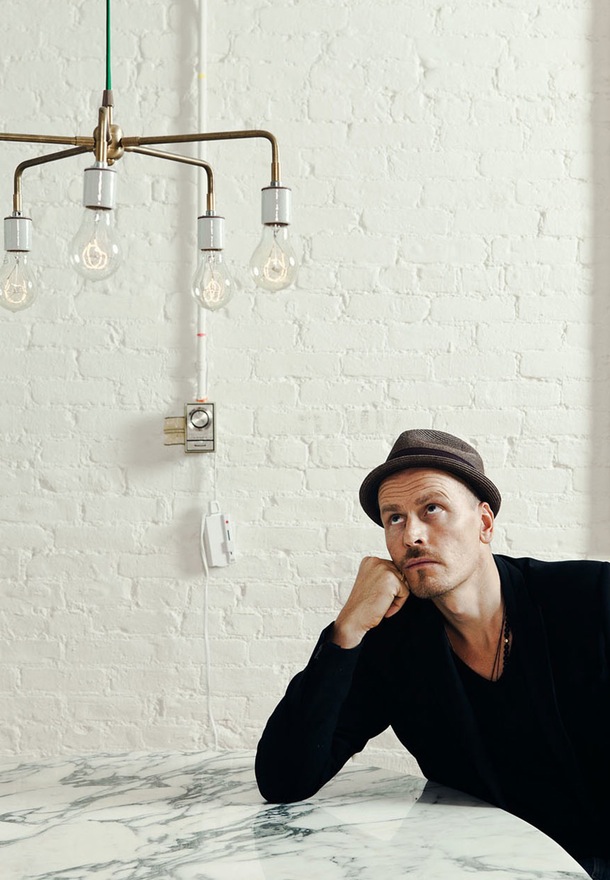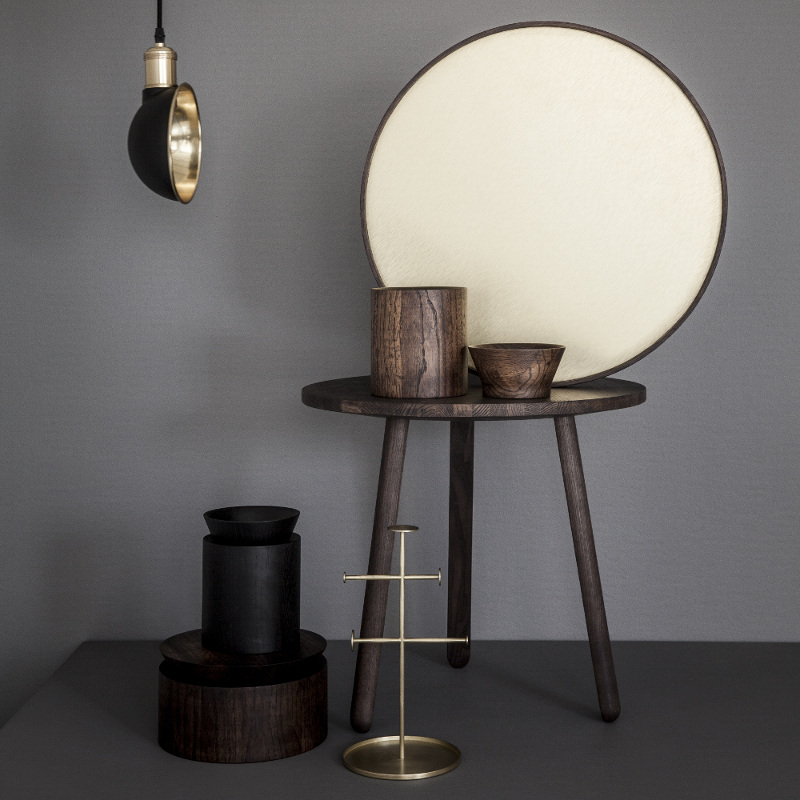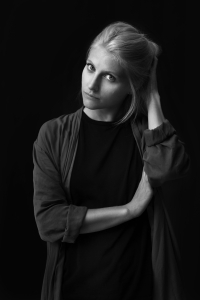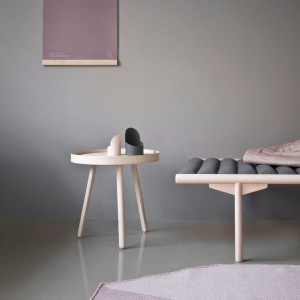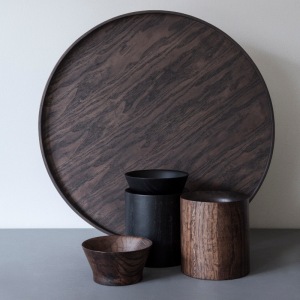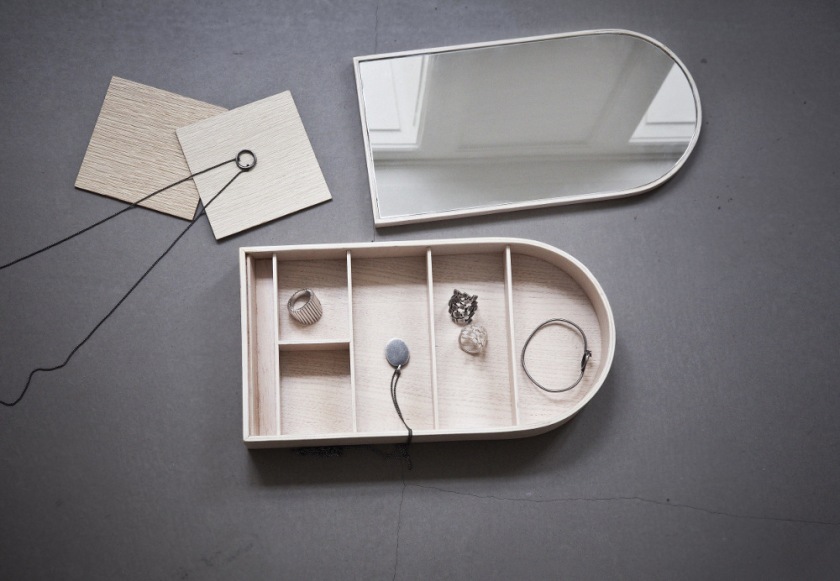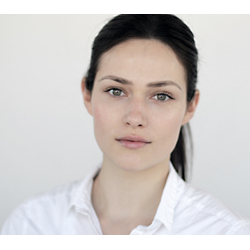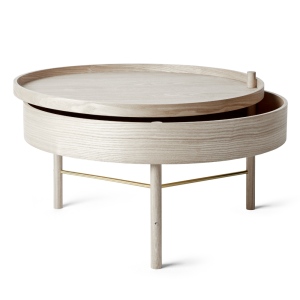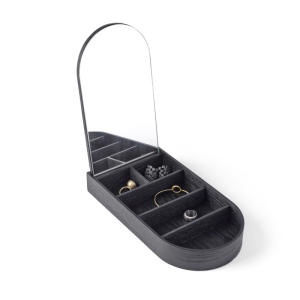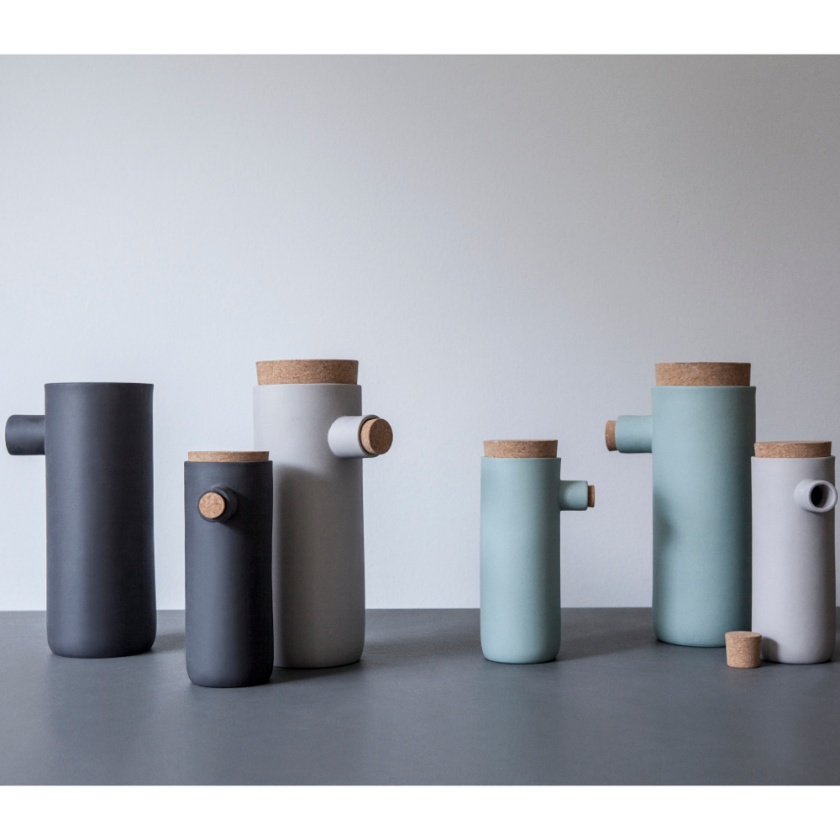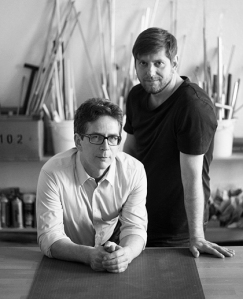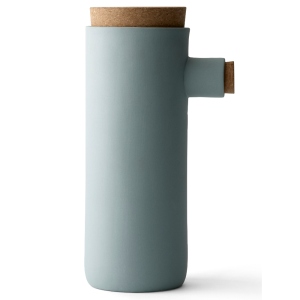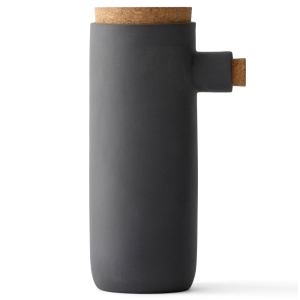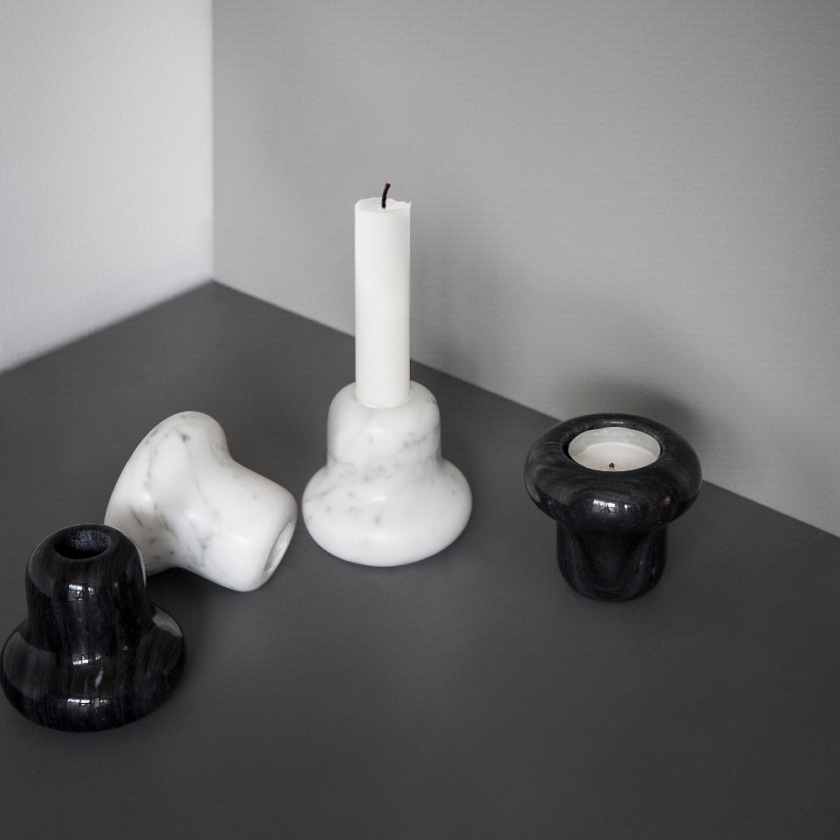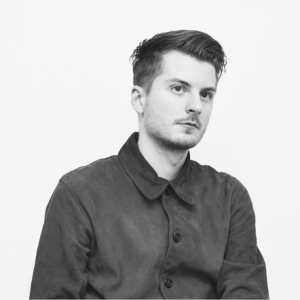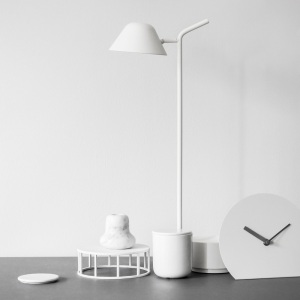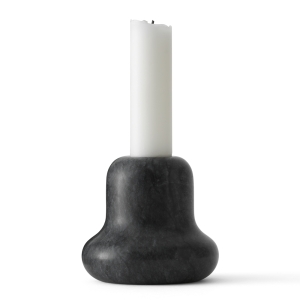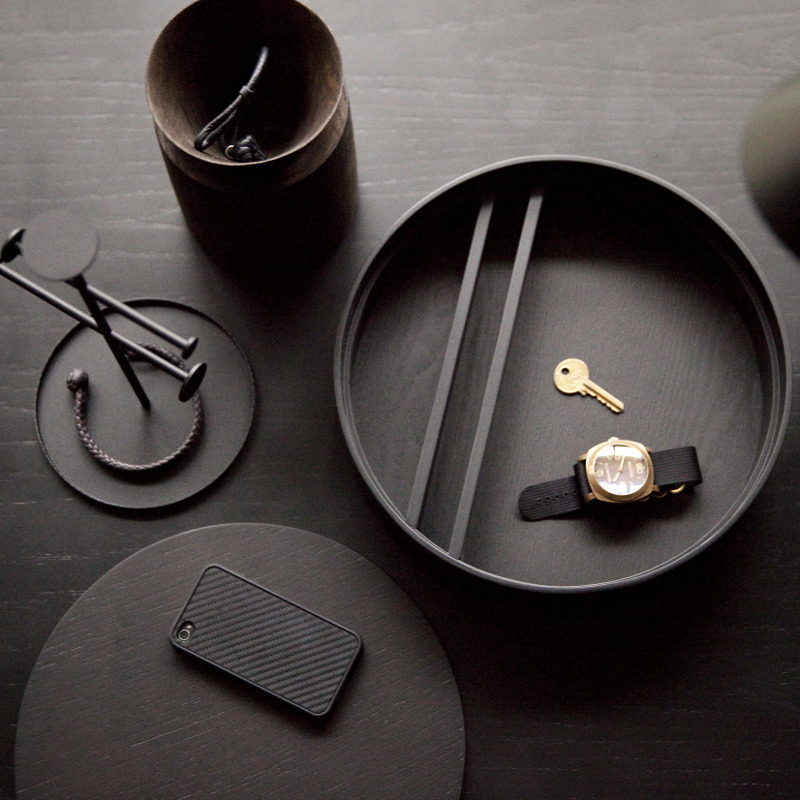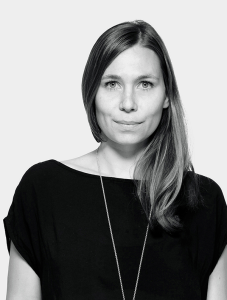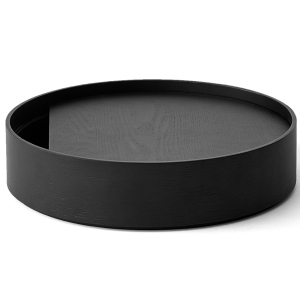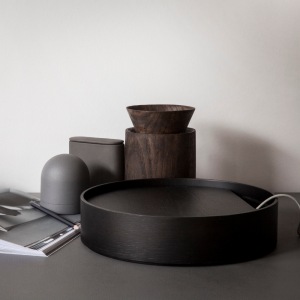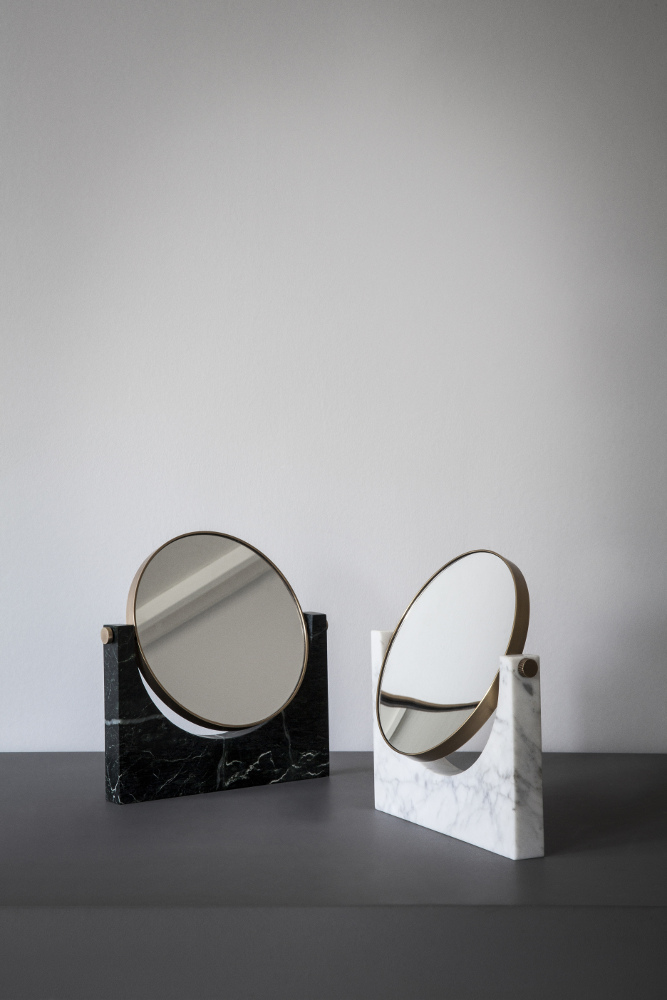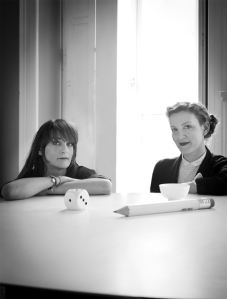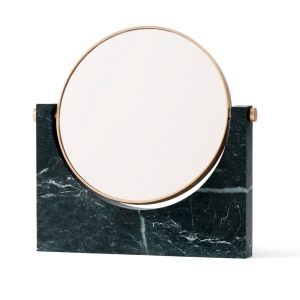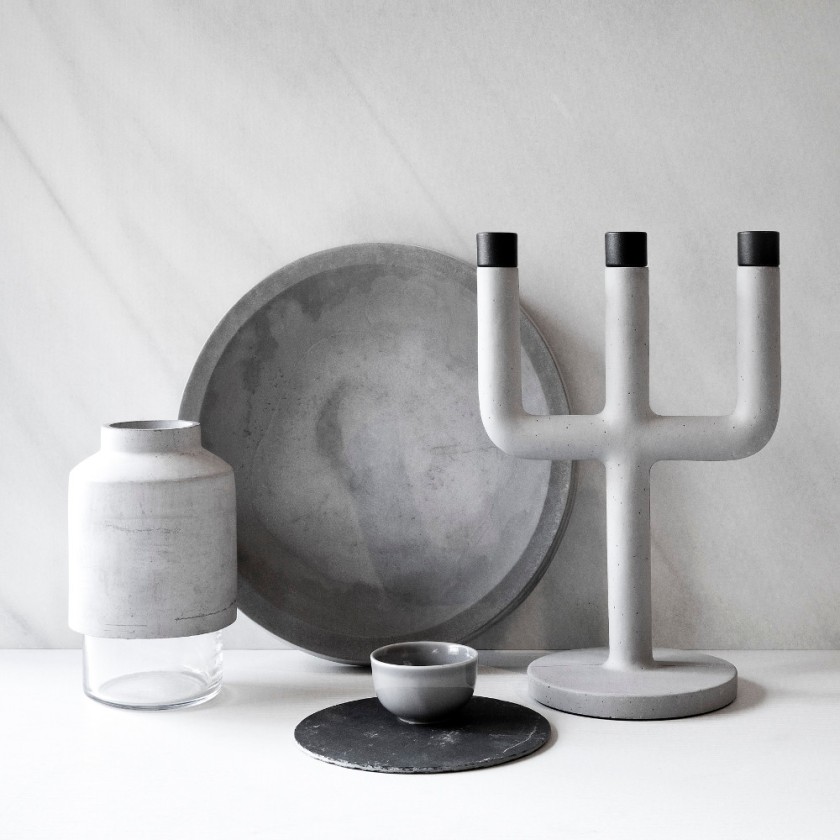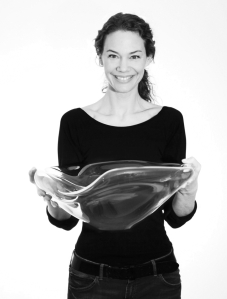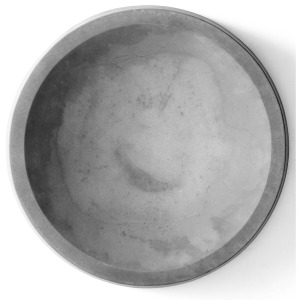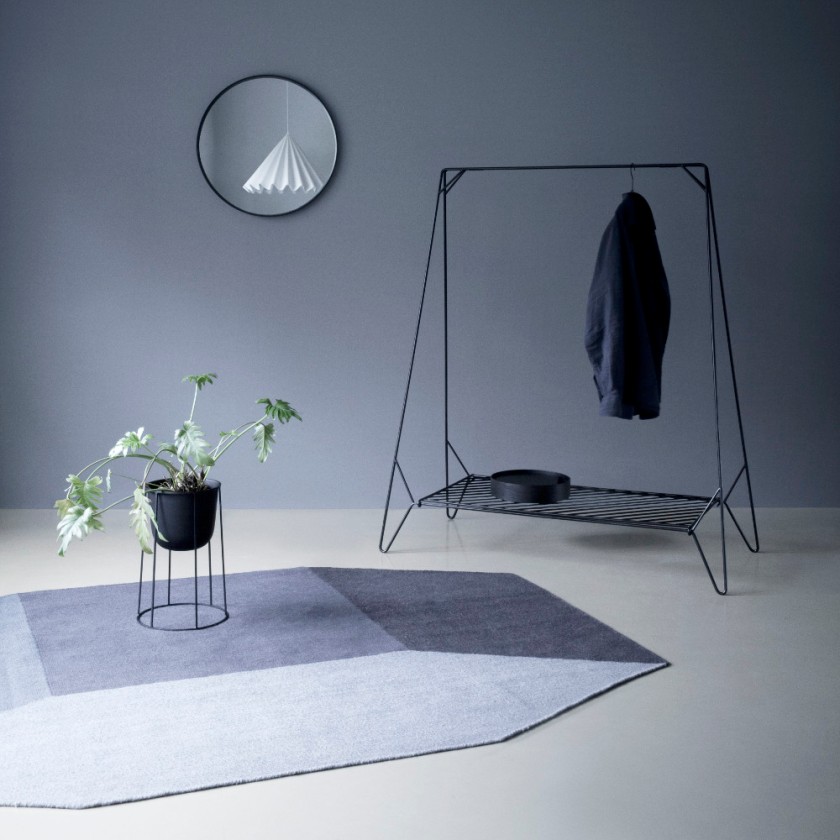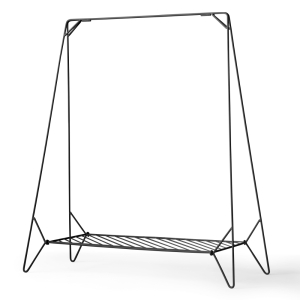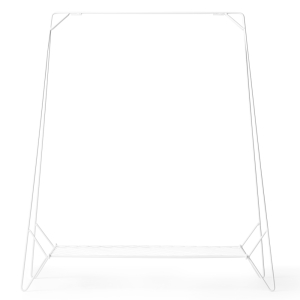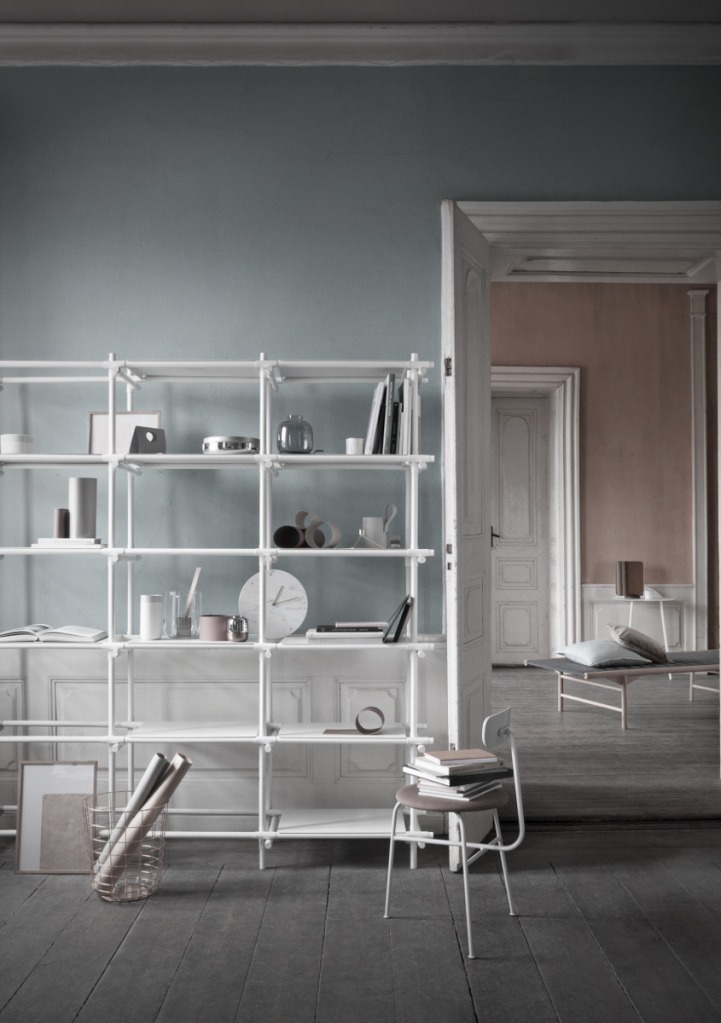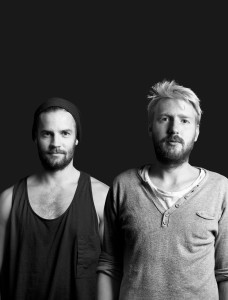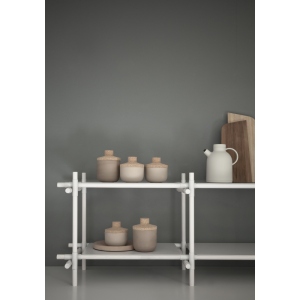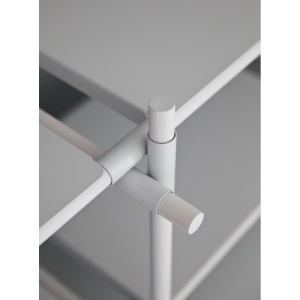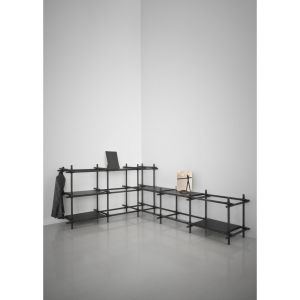Translated from original article by Louise Foged at BoBedre.dk, here: http://bobedre.dk/design/en-designer-fortaeller-tribeca-serien
The TriBeCa series of lamps are a tribute 1930s New York. Søren Rose found the inspiration for these lamps while hunting for bits and bobs in the hardware stores of New York.
Where did you find the inspiration for TriBeCa?
The design style in the US is more industrial than it is in Denmark. I found the inspiration in hardware stores in Manhattan, where I saw thousands of little gadgets and gizmos I hadn’t seen before. I grew up with Danish oak and brushed steel, so it was truly a joy to work with brass – the core material in this series. The oxidation of the metal adds an entirely new dimension to the lamps. Over the course of just 12 months the oxidation of the lamps changes their expression significantly.
What was your vision for TriBeCa?
The TriBeCa series is a collection of lamps, pendants, and chandeliers, inspired by 1930s New York. The TriBeCa area of New York, short for “Triangle Below Canal Street”, has been the home for my studio for the last four years. The lamps are named after streets in the TriBeCa area. I wanted to pay tribute to Manhattan’s historic glamor.
What has the development process been like?
With Menu A/S onboard as the producer, we’ve made several adjustments to the collection – all for the better. Menu have the parts manufactured themselves, and in unbelievably high quality. The old sockets and parts have been updated to modern demands, and the collection as a whole has been adjusted for usage in both the European and American markets. With these changes the lamps have acquired a more consistent expression, and the quality has improved, though the basic expression still matches my original ideas.
How is the final design different from your first ideas?
In the beginning we produced the first lamps in our workshop on Franklin Street, deep down in a basement. We created many prototypes, as is typical for our studio, and there were frankly some awful creations along the way. However, by continuing to iterate on the concept, the lamps became stronger, and suddenly, we created the Leonard chandelier – the first in the series. To this day, I still have the original prototype for it hanging over my dining room table.
What does the future hold for TriBeCa?
We have been truly overwhelmed by the great reception of the TriBeCa series, both on on the private and contract markets. When the series was launched it consisted of four lamps; Franklin, Reade, Leonard, and Warren. Later, we added the fantastic Duane design, and I will say that this won’t be the last addition to the TriBeCa series.

